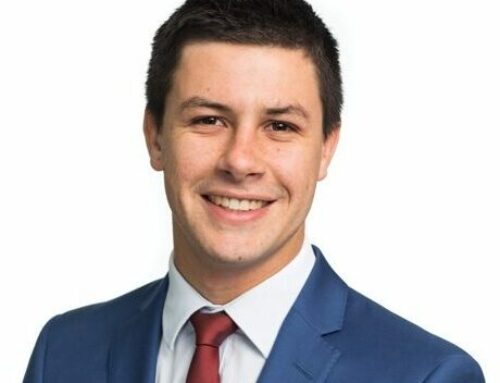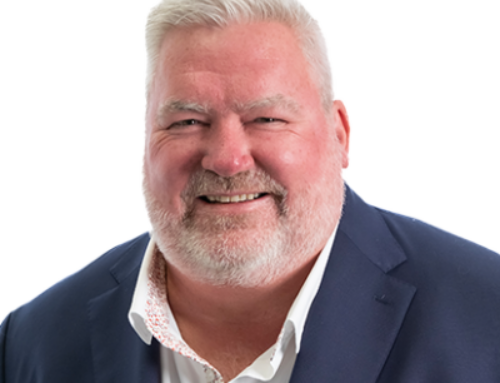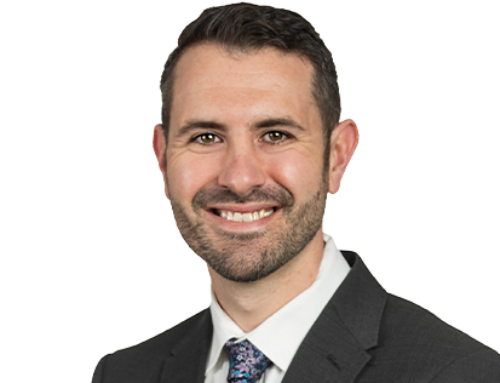Give us an overview of your team and global reach?
I lead our defence sector which works with all our engineering disciplines. We also link up with our offices in the United Kingdom and United States through the Tetra Tech High Performance Building Group.
I have a lot of experience working on local sports facilities across Australia, such as Bay Pavilions in Bateman’s Bay and the Waves development in New South Wales.
Why engineering?
I love the problem solving that comes with engineering, and I really enjoy using it to help businesses and influence markets. Having a masters in building services and sustainable technologies has helped me understand engineering from a first principles approach.
Where do you see the future of aquatic design heading?
Sustainable aquatic design – be it saving water or reducing energy – is the future.
The bigger the project, the more important sustainability becomes. There are going to be ideas that are put forward that may be out of the box but need to be considered if we’re to design a more sustainable future.
What’s the trickiest problem you’ve solved?
Designing Chetham’s School of Music in Manchester, United Kingdom was probably my most technically challenging project. It had every type of mechanical system installed, from displacement to active chilled beam and really stretched boundaries, at the time.
Generally though, problems are all part of the job and the interesting part of the job as well. I like a bit of chaos and finding a steady, workable and efficient solution. These problems can be heavily technical and involve plenty of negotiation!
With a solid NDY team around me, there hasn’t been a problem that I haven’t been able to overcome.
What’s an engineering myth you’d like to debunk?
Engineering is all about the technical solution. Over 90 percent of being an engineer is listening, applying logic and communicating well.
Which engineer has taught you the most?
There isn’t one single person who stands out more than the whole. I try to watch people who are successful in the industry, see what they do well and what they don’t. Then try and learn from that.
What’s the biggest thing you’ve learned at NDY?
Keep listening and learning!
What professional relationships do you value the most?
Interesting people in the industry, those who are a bit different but have their heart in the right place. These could be new graduates or CEOs – everyone’s equal.
If you could change one thing about the built environment, what would it be?
Not too much to be honest – I like change. The ebbs, flows and challenges of the global and local financial market, changes in Australian standards and people’s expectations keep the built environment sector moving forward and interesting. If it was stagnant and not changing it’d be dull.
What does Making Spaces Work mean to you?
My interpretation is that every space needs to work. This can be from an elaborate lighting design to a passive unnoticeable design. Our job is to understand the unique nature of each space and make it work!
What do you do outside of work that helps fuel your creativity and commitment to engineering?
Family and sport keep me sane!
Tell us something that not many people know about you.
I used to be a bin man. I loved the early mornings, the fitness aspect and the camaraderie of the team. If it paid the same I’d still be doing it!










